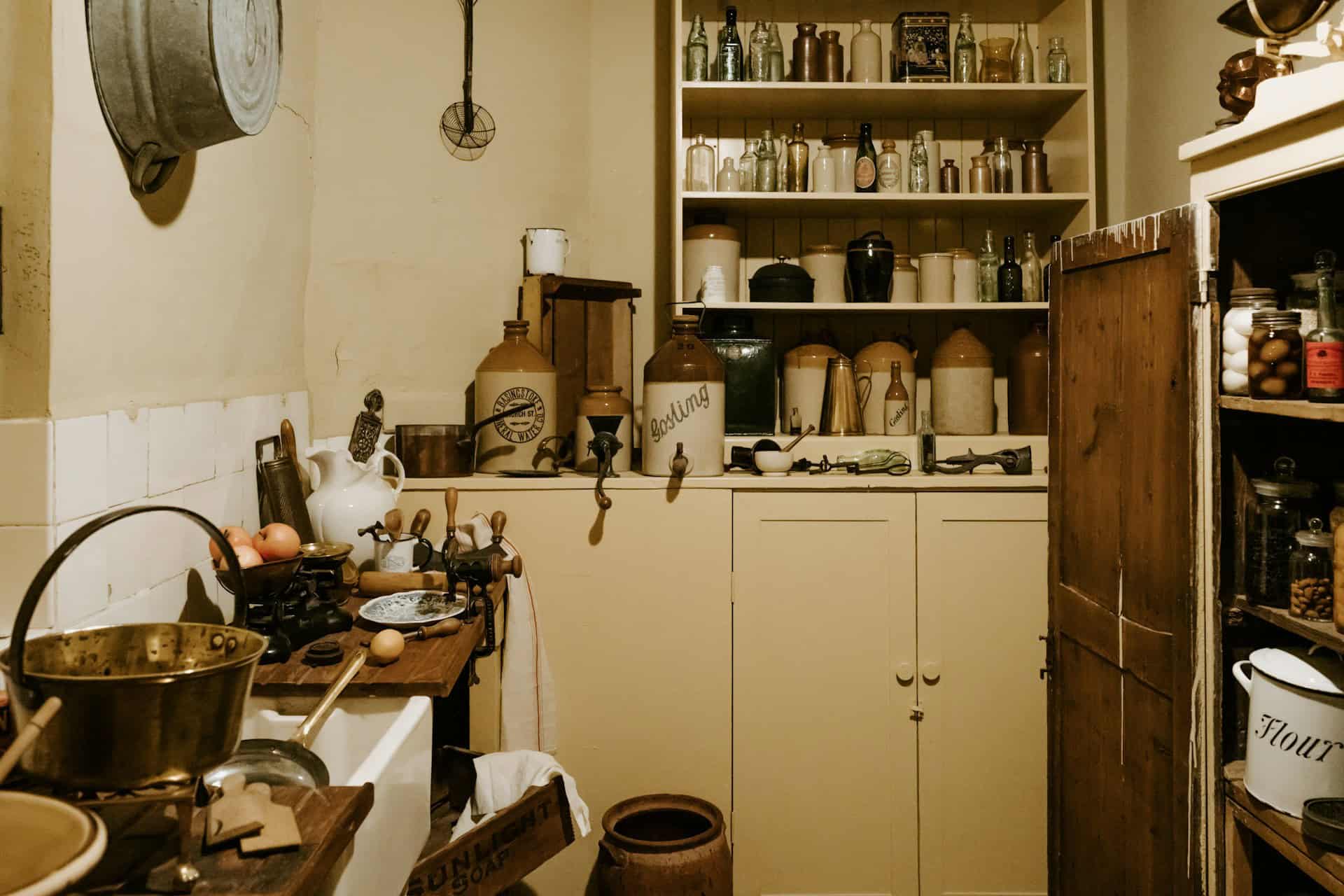
Question: Is There a Difference Between a Pantry And a Larder?
Answer: Yes, there is a difference between a pantry and a larder. Traditionally a larder is a cool space for storing perishable foods, while a pantry is a dry storage area for non-perishables. Modern usage often uses the terms interchangeably.
Pantry vs. Larder: Understanding Food Storage
Is there a difference between a pantry and a larder? Many people use these terms interchangeably, but historically, distinct differences exist between these vital kitchen storage spaces. This article explores the nuances of pantries and larders, helping you understand their unique roles in food storage.
Historical Origins: From Root Cellars to Modern Cupboards
Larders predate refrigeration. People used larders to store perishable foods. Larders were cool, dark spaces, often partially underground. These spaces provided natural cooling, extending the life of food like dairy, meat, and vegetables. Think root cellars and cool, dark basements.
Pantries emerged as storage spaces for dry goods. People stored staples like flour, sugar, and preserved items like jams and pickles in pantries. Pantries focused on long-term storage of non-perishable items, ensuring a consistent supply of essential ingredients.
Click the link to learn more about Blue Kitchen Refacing
Related Article: What is in an Italian Pantry?
Related Article: What is a Batwing Pantry?
Key Distinctions: Temperature and Function
The primary distinction between a traditional larder and a pantry remains temperature. Larders are cool; pantries are ambient temperature. This temperature difference dictates the type of food each space stores.
Larders house perishable foods requiring cool temperatures. Pantries store dry goods, canned items, and other shelf-stable provisions. This functional difference informs the design and location of each space within a home.
Optimizing Your Food Storage: Practical Considerations
Consider your available space and storage needs when organizing your food storage. A small apartment may only require a single pantry. A larger home might benefit from both a pantry and a dedicated cool storage area for perishable goods.
Organize shelves for easy access and inventory management. Group similar items together. Use clear containers to see contents. Regularly check expiration dates to minimize food waste and maintain a well-stocked and efficient food storage system.
Organize shelves:
Group similar items together.Use clear containers:
Improve visibility of contents.Check expiration dates:
Minimize food waste.
Creative Storage Solutions for Small Spaces
Even small kitchens can accommodate effective food storage. Utilize vertical space with wall-mounted shelves. Use stackable containers to maximize storage within cabinets. Over-the-door organizers offer extra space for spices and small items.
Create a dedicated area for dry goods, even if it’s just a designated cabinet. This organized space helps maintain order and simplifies meal preparation. Remember, efficient storage promotes a smooth and enjoyable cooking experience.
Wall-mounted shelves:
Utilize vertical space.Stackable containers:
Maximize cabinet storage.Over-the-door organizers:
Store spices and small items.
Conclusion
While the terms pantry and larder often overlap in modern usage, their historical distinctions offer valuable insights into food storage practices. Whether you have a dedicated pantry, a repurposed cool closet serving as a larder, or a combination of storage solutions, understanding the principles behind these spaces allows you to optimize your kitchen organization. Effective food storage simplifies meal preparation, minimizes waste, and contributes to a more enjoyable cooking experience. [ 1 ]
References
1. https://www.homesandgardens.com/kitchens/whats-the-difference-between-a-larder-pantry-back-kitchen/

Blue Malue Get in touch with Blue here.
